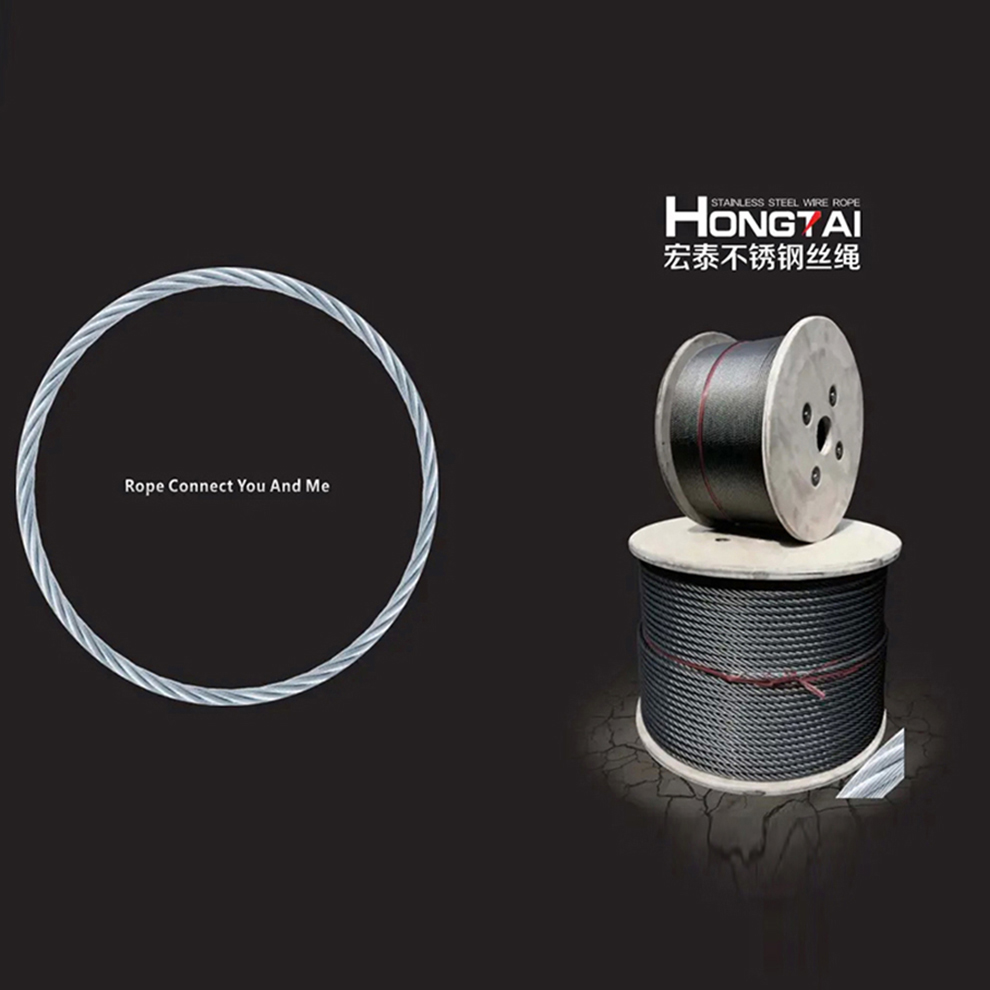The building intercom market has experienced significant growth over the years, driven by economic development and a rising standard of living. As people increasingly value quality of life, color video intercom systems have gained popularity, marking a new era in the industry. Today, building intercoms are evolving toward greater integration, intelligence, and information technology, making them more versatile and user-friendly.
In the early stages of development, from 1995 to 1997, the intercom market began to take shape, with manufacturers primarily based in Guangdong, Fujian, and other regions. Companies like Shenzhen Vision Security, Guangzhou Anjubao, and Fujian Zhenwei were among the pioneers, focusing on producing professional building intercom products. These companies gradually expanded their scale and refined their technologies, while also recognizing the importance of partnerships with real estate developers.
By the late 1990s, the industry entered a phase of rapid expansion. Large-scale community networking and integrated intelligent intercom systems emerged, with companies such as Fulin Forestry, Zhuhai Frame, and Taichuan introducing their own products. This period marked a shift towards more advanced and connected solutions.
After 2000, demand for building intercom systems in provincial capitals surged, attracting many new players into the market. The launch of the Ping An City project in 2004 created new business opportunities, with visual intercom users surpassing 2 million nationwide and intercom-mixed users reaching 6 million. Geographically, the adoption of these systems was concentrated in developed cities like Guangdong, Beijing, and Shanghai, with gradual expansion into smaller cities.
Today, the trend is moving toward integration and convergence, with semi-digital networking becoming common. IP-based systems offer advantages such as easier cabling, better signal transmission, scalability, and multi-channel communication. Compared to traditional bus-based analog systems, IP digital intercom offers superior performance, including longer transmission distances, better audio and video quality, and the ability to integrate multiple functions like home alarm, appliance control, and remote monitoring.
Integrated intercom systems typically include a central management unit, wall-mounted units, door stations, indoor extensions, and private network connections. They support features like two-way calling, video calls, door surveillance, and remote unlocking. Additional functions such as image capture, call recording, and access control integration are now commonly included.
Building intercom technology has evolved through several stages, from simple "4n" unit intercoms to bus system intercoms, multi-functional video intercoms over LAN, and finally, internet-based digital systems. This evolution reflects the close relationship between the industry and the broader network environment.
China's smart community construction, though starting later, has shown strong momentum. With the growing popularity of the Internet, broadband access is becoming widespread, leading to increased informatization across communities. This shift has led to more centralized and intelligent management systems, transforming building intercoms from simple communication tools into integrated platforms that support various services.
Intelligent development is now at the forefront, with smart communities emerging as a key trend. These communities use wired and wireless technologies to integrate security, entertainment, automation, and management systems, creating efficient and comfortable living environments. Building intercom systems have evolved from voice-only to video, and now to intelligent control terminals, marking a series of technological leaps.
Smart communities rely on integrated security, information services, property management, and control systems, all managed through a central hub. This setup enhances safety, convenience, and comfort for residents. The rise of PDH (PepoLEDialogueHome) systems, which combine building intercom and intelligent control, reflects this trend.
As people demand safer, more efficient, and comfortable living spaces, buildings are no longer just functional structures—they are seen as assets and even symbols of modern living. Just as hydropower fuels a building, intelligence gives it a soul, making it more dynamic and responsive. Intelligent buildings are not only a consumer need but also a necessity of the times.
The domestic building intercom market is forming a distinct industrial sector. Although the industry is relatively young, its growth potential is promising. There are currently around 250 manufacturers, and the market is competitive. Intercom systems are often combined with CCTV, anti-theft alarms, access control, and smart parking, contributing to the broader security industry.
Sales volumes have increased, but intense bidding practices have led to lower profit margins. Some companies are now focusing on product quality, after-sales service, and innovation to remain competitive. The market is becoming more segmented and mature.
Building intercom systems have been used in Europe, the U.S., Hong Kong, and Taiwan for nearly two decades. Since 1992, foreign brands have entered the Chinese market, but today, domestic companies dominate, holding about 80% of the market share. This reflects the rapid development and strong competitiveness of the local industry.
1X37 Stainless Steel Wire Rope
There are two types of wire rope corrosion: external corrosion and internal corrosion.
Inspection of external corrosion: Visually inspect the wire rope for rust, pitting, and loose wire.
Internal corrosion is not easy to detect. Corrosion of wire rope is the killer of 1*37 Stainless Steel Wire Rope, so it is very important to prevent the occurrence of wire rope corrosion. If it is a wire rope with a smaller diameter (≤20mm), the wire rope can be bent by hand for inspection; if the diameter is larger, the wire rope can be inserted into the fiber for internal inspection. After the inspection, the wire rope should be restored to its original state, taking care not to damage the rope core , and add lubricating grease.
The materials of 1*37 steel wire rope are 201, 304, 316, 310, galvanized and so on. Specifications are generally 0.3-8mm

Steel Cable Wire Rope,Stainless Steel Wire Cable,Flexible Stainless Steel Wire,1X37 Stainless Steel Wire Rope
Jiangsu Hongze Stainless Steel Wire Rope Co., Ltd , https://www.hzrope.com

